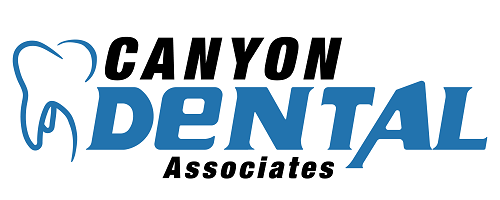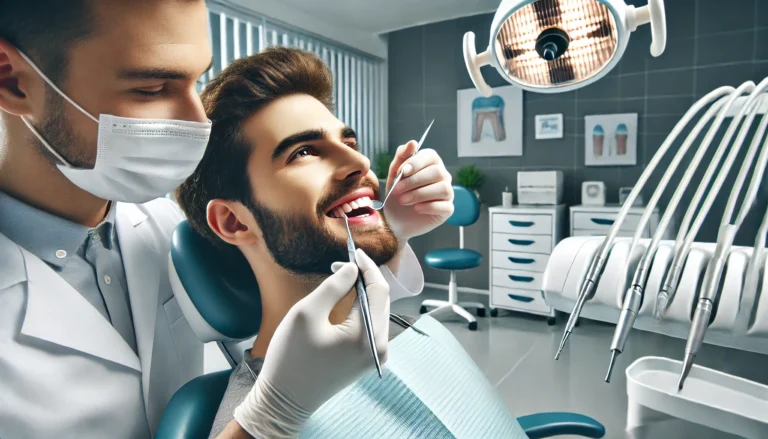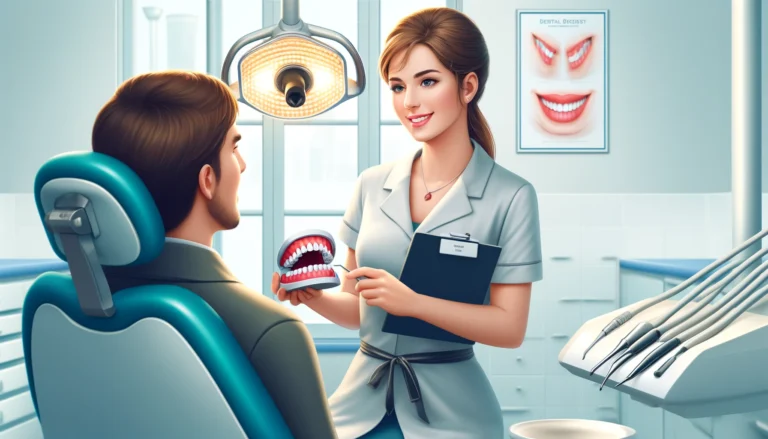The Connection between Tooth Decay and Bad Breath
Bad breath, or halitosis, is a common concern affecting millions worldwide, often leading to anxiety and social discomfort. While various factors contribute to bad breath, tooth decay stands out as a significant and often overlooked cause. This blog delves into the relationship between tooth decay and bad breath, providing insights into prevention, treatment, and maintaining optimal oral hygiene.
Tooth decay, or dental caries, occurs when the enamel (the tooth’s outermost layer) is destroyed by acids produced by bacteria in the mouth. This process not only leads to cavities but also creates an environment ripe for the proliferation of these bacteria. As they multiply, these bacteria release foul-smelling compounds, resulting in bad breath.
The Role of Bacteria
The mouth is home to hundreds of bacterial species, many of which are beneficial. However, certain types, particularly those involved in tooth decay (such as Streptococcus mutans), produce volatile sulfur compounds (VSCs) as they digest food particles and dental tissues. These VSCs are primarily responsible for the unpleasant odor associated with bad breath.
Compounded Problems: Decay and Gum Disease
Tooth decay and gum disease often go hand in hand. Gum disease, or periodontal disease, can exacerbate the problem of bad breath. Infected gums create deeper pockets around the teeth, providing an even larger haven for bacteria to thrive, further contributing to the odor.
Signs of Tooth Decay-Related Bad Breath
Recognizing the signs of tooth decay can help you tackle bad breath effectively. Key indicators include:
- Persistent bad breath that doesn’t go away with regular brushing or mouthwash use.
- A noticeable taste in your mouth, often described as metallic or sour.
- Visible holes or pits in your teeth.
- Sensitivity to hot, cold, or sweet stimuli, indicating decay may be affecting the tooth’s nerve.
Prevention and Treatment
Good Oral Hygiene Practices
Maintaining a robust oral hygiene routine is the first line of defense against tooth decay and bad breath. This includes:
- Brushing twice a day with fluoride toothpaste.
- Flossing daily to remove food particles and plaque from between teeth.
- Using an antibacterial mouthwash to reduce the number of bacteria in the mouth.
Regular Dental Check-ups
Routine dental visits are crucial for identifying and treating tooth decay early on, preventing the development of bad breath. Dentists can also provide professional cleanings to remove plaque and tartar that at-home brushing cannot.
Diet and Lifestyle Changes
Reducing the intake of sugary and acidic foods can lower the risk of tooth decay. Drinking plenty of water promotes saliva production, which helps cleanse the mouth and dilute the presence of decay-causing acids.
When to See a Dentist
If you suspect that your bad breath is linked to tooth decay, or if you experience any of the signs mentioned above, it’s essential to see a dentist as soon as possible. Early intervention can prevent the decay from worsening and effectively eliminate the source of bad breath.
Tackling Bad Breath at Its Source
The link between tooth decay and bad breath underscores the importance of oral hygiene and regular dental care. By addressing tooth decay, not only can you preserve your dental health, but you can also eliminate a common and embarrassing source of bad breath. Remember, a healthy mouth is the key to fresh breath, and taking proactive steps towards dental care can help you achieve and maintain both.


